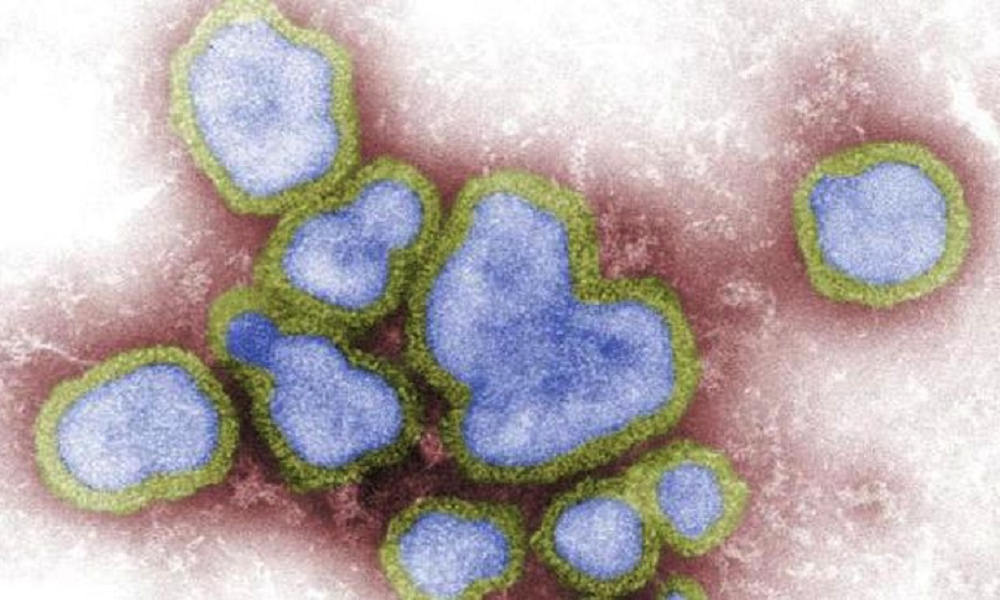World
China reports 2 new human cases of H5N6 bird flu

Two more people in mainland China have tested positive for H5N6 bird flu, raising the number of cases reported this month to eight, officials say. A recent spike in human cases has led to calls for increased surveillance.
The Hong Kong Health Department said in a statement that it was notified about two additional cases in humans in Sichuan and Zhejiang provinces. Both cases occurred earlier this month but were not immediately made public by local officials.
The first case, a 68-year-old man from Langzhong in Sichuan province, fell ill on January 3 and was taken to a local hospital the next day, where he remains in critical condition. There was no word on how he may have been infected.
The second case, a 55-year-old woman from Hangzhou in Zhejiang province, fell ill on January 6 after exposure to slaughtered poultry. She was admitted to an area hospital on January 9 and remains in critical condition.
Only 67 people have been infected with H5N6 bird flu since the first confirmed case in 2014, but more than half of them were reported during the past 6 months. Eight cases, including two deaths, have been reported so far this year.
Click here for a list of all human cases to date.
H5N6 bird flu is known to cause severe illness in humans of all ages and has killed nearly half of those infected, according to WHO. There are no confirmed cases of human-to-human transmission but a woman who tested positive last year denied having contact with live poultry.
“The increasing trend of human infection with avian influenza virus has become an important public health issue that cannot be ignored,” researchers said in a study published by China’s Center for Disease Control in September. The study highlighted several mutations in two recent cases of H5N6 bird flu.
Thijs Kuiken, professor of comparative pathology at Erasmus University Medical Center in Rotterdam, expressed concern about the rising number of cases. “It could be that this variant is a little more infectious (to people) … or there could be more of this virus in poultry at the moment and that’s why more people are getting infected,” Kuiken told Reuters in October.
Earlier that month, a WHO spokesperson said the risk of human-to-human transmission remained low because H5N6 has not acquired the ability for sustained transmission between humans. However, the spokesperson added that increased surveillance was “urgently required” to better understand the rising number of human cases.

-

 Legal7 days ago
Legal7 days agoTexas surgeon accused of secretly denying liver transplants
-

 US News4 days ago
US News4 days agoBusiness jet crashes into San Bernardino Mountains, killing 1
-

 Legal4 days ago
Legal4 days agoAt least 1 killed, 9 injured in Wynne, Arkansas party shooting
-

 Politics4 days ago
Politics4 days agoG7 leaders condemn Iranian attack against Israel
-

 US News1 day ago
US News1 day ago‘Gunshot’ report causes lockdown at Grand Forks Air Force Base
-

 World16 hours ago
World16 hours agoSheep kills elderly couple in New Zealand
